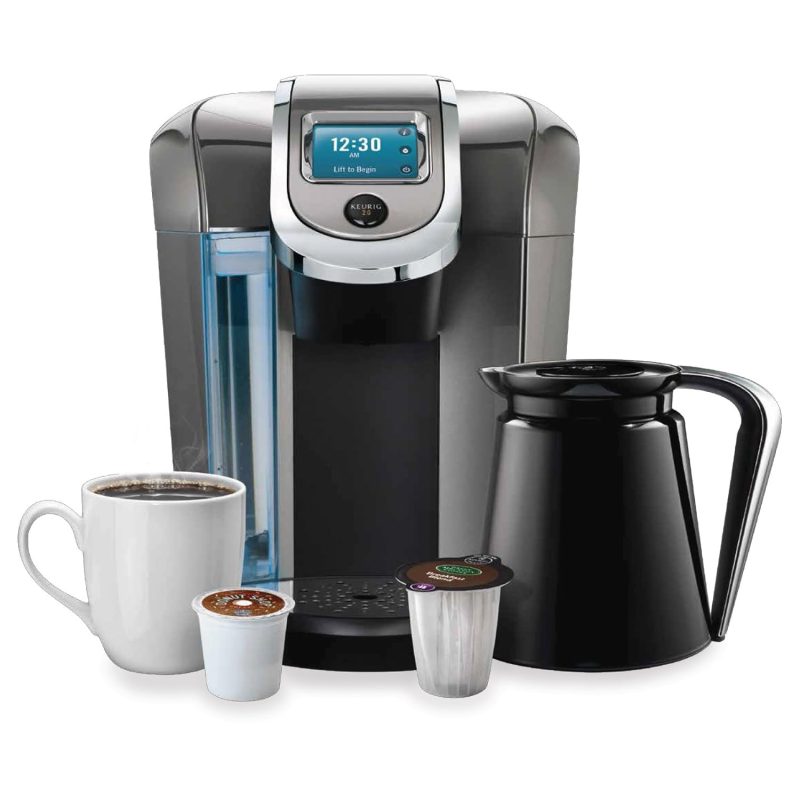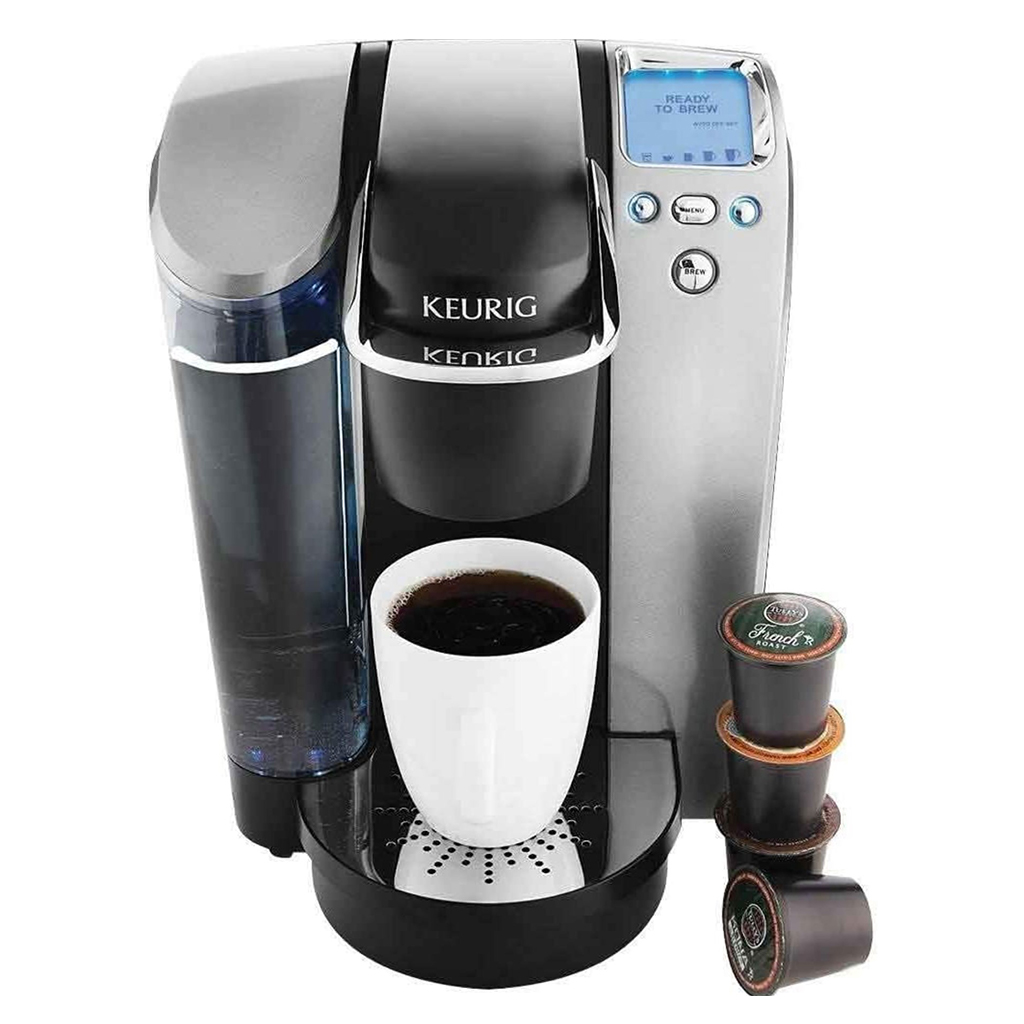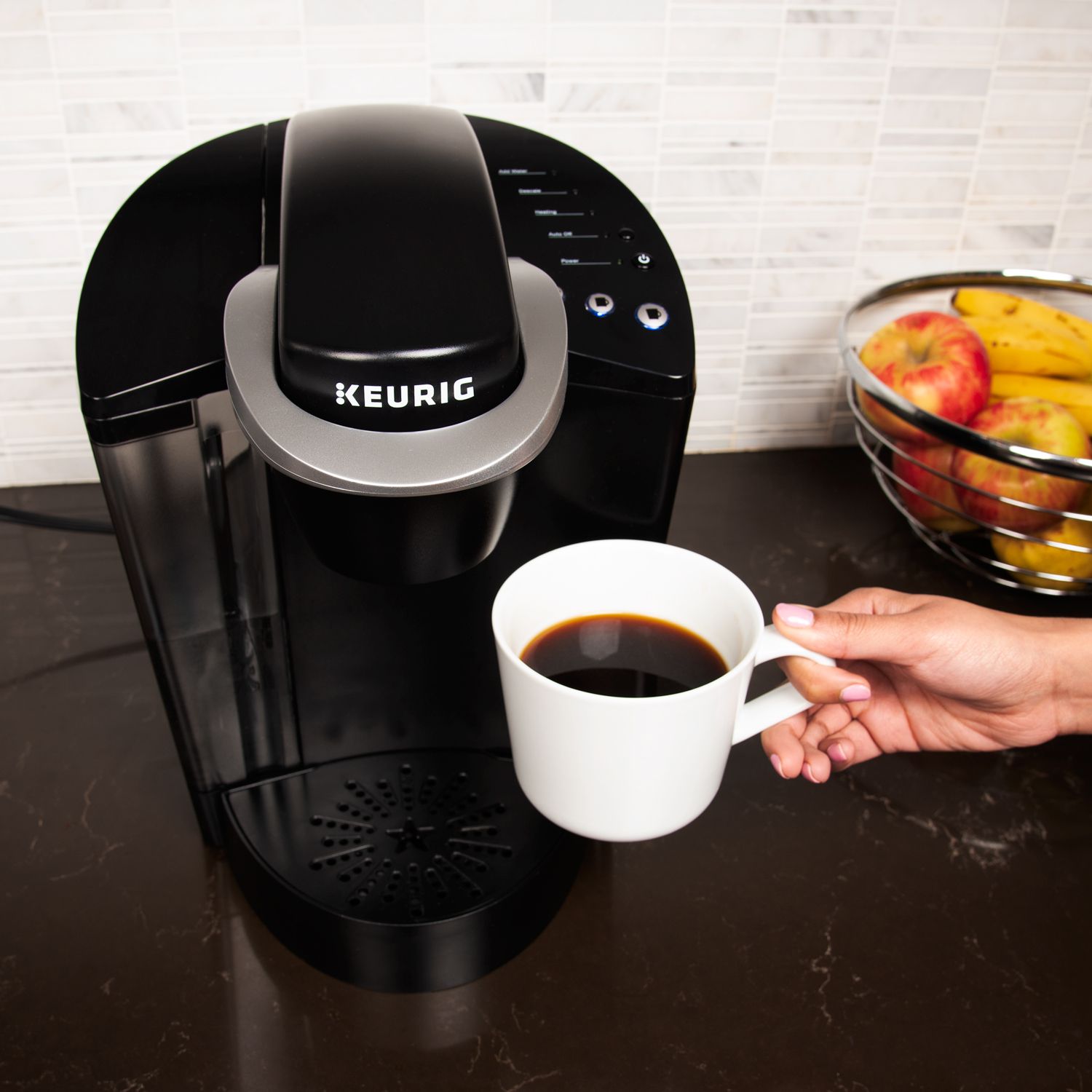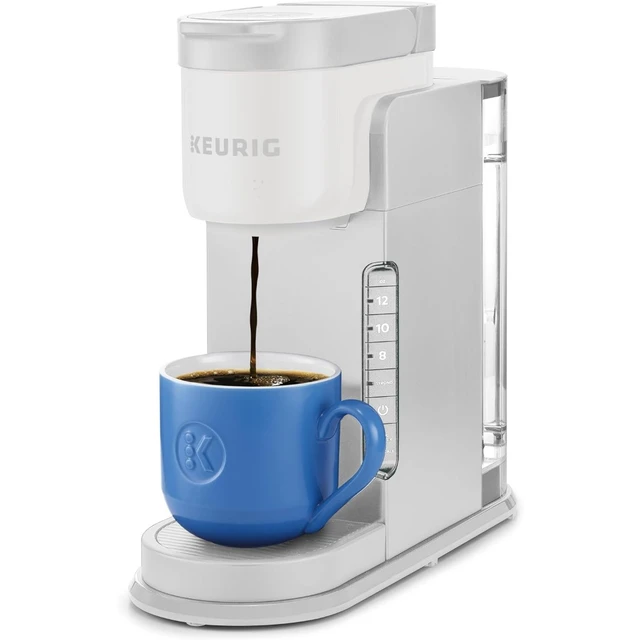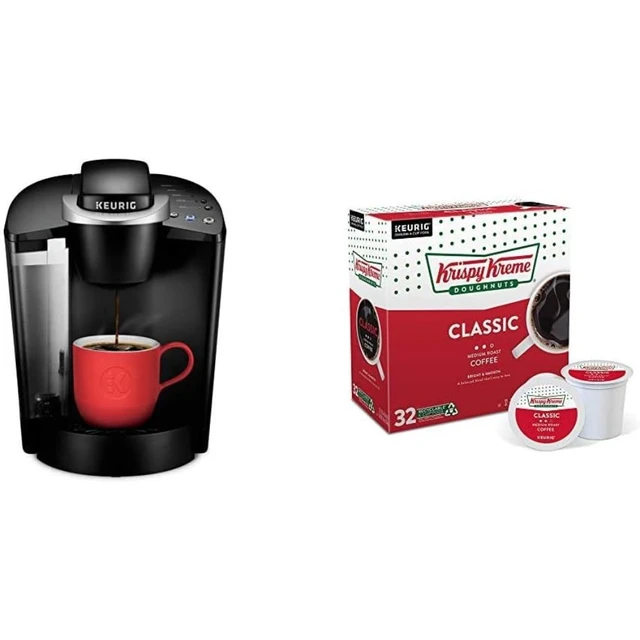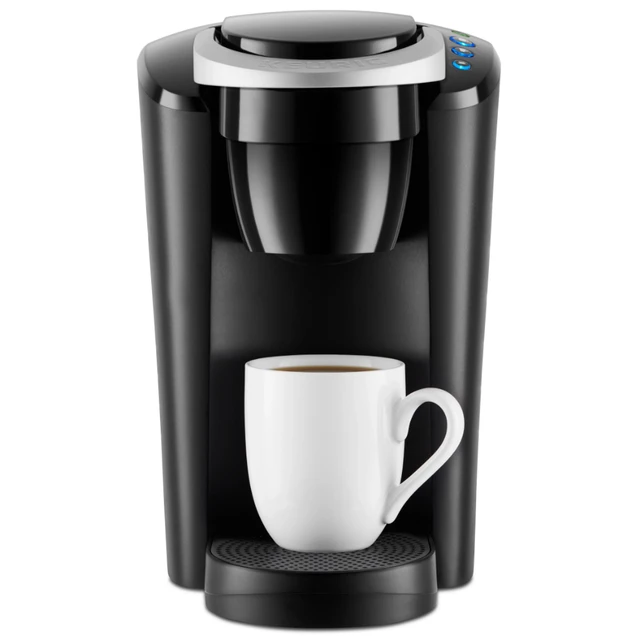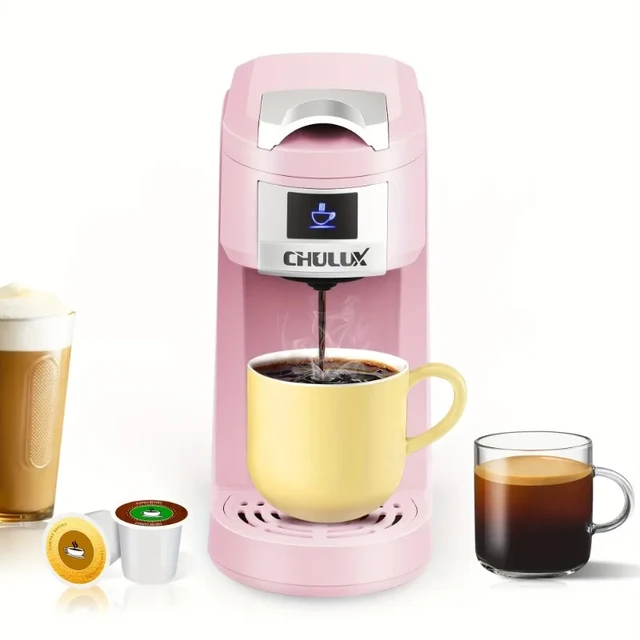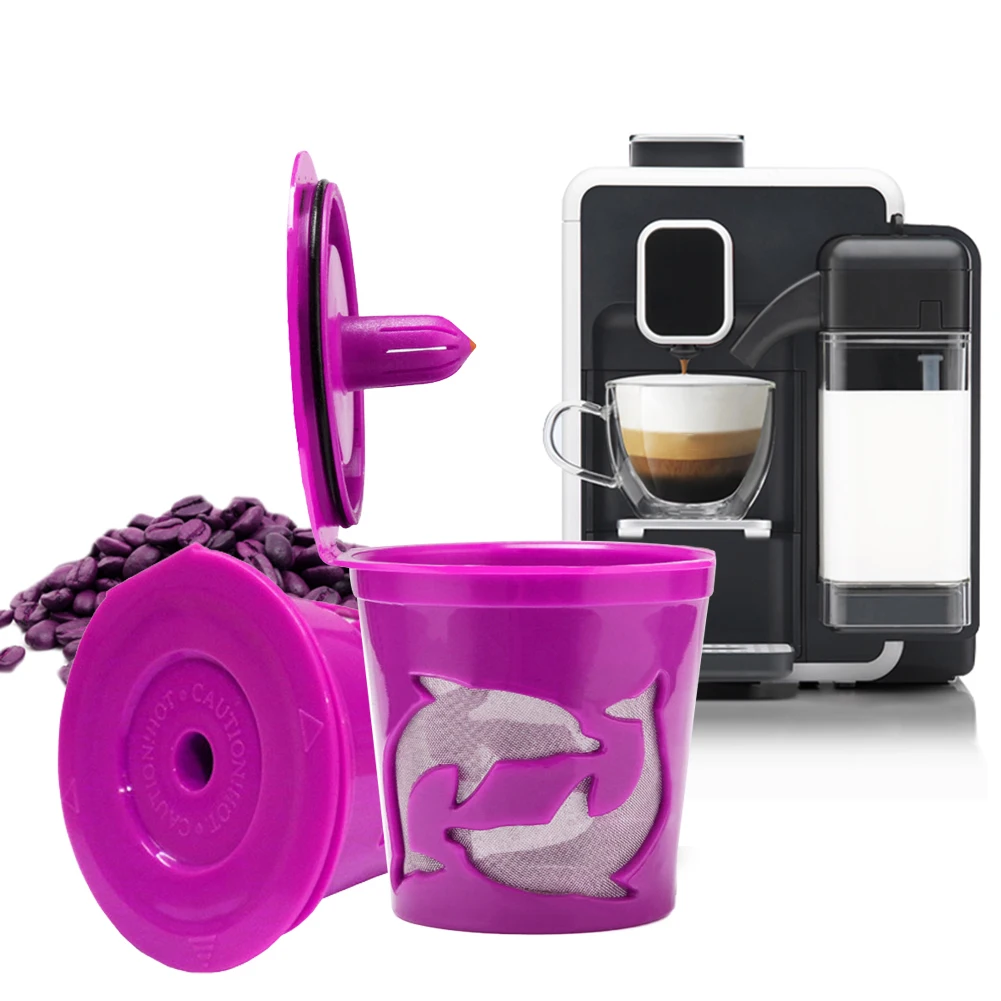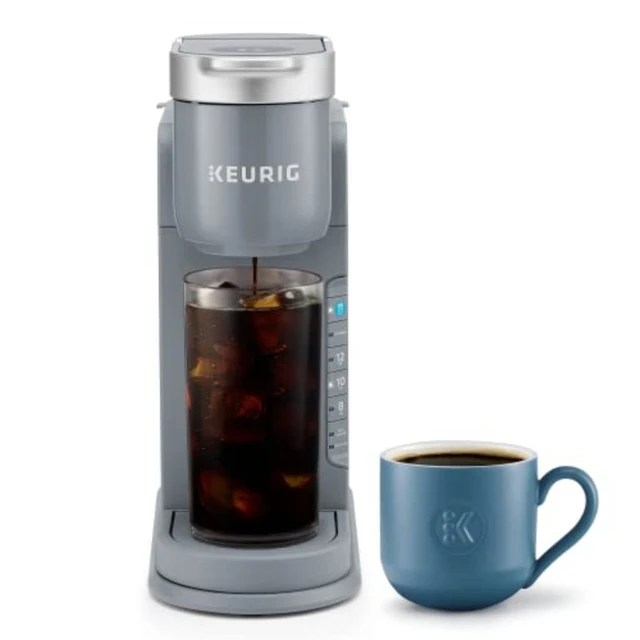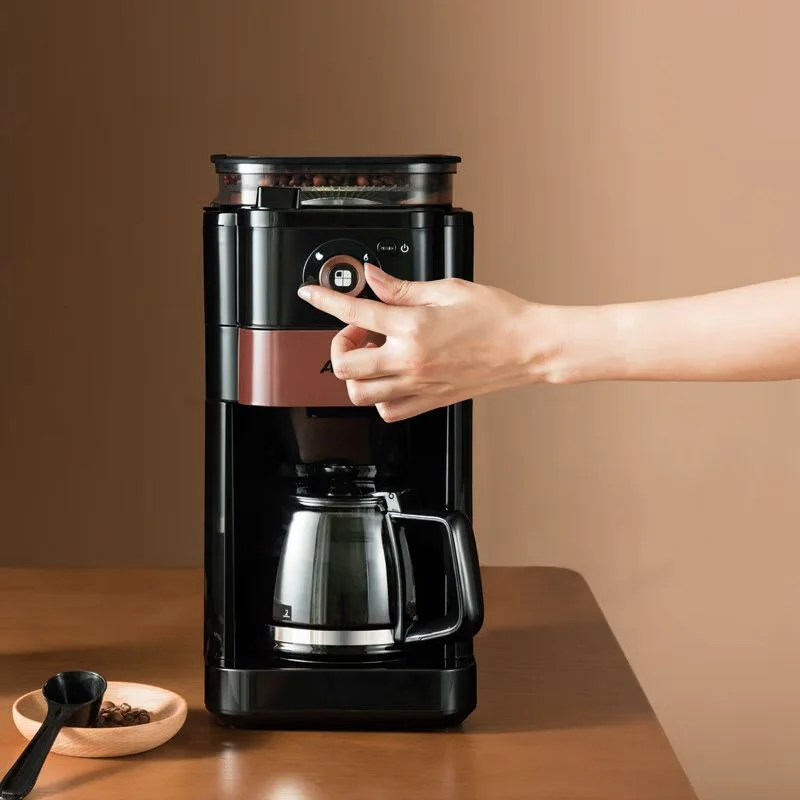
Understanding Limescale and Its Impact on Keurig Machines
Limescale is a common issue for many kitchen appliances, including Keurig coffee makers. It’s a white, chalky substance made from calcium and magnesium deposits. These minerals come from water, especially when it’s high in mineral content, known as hard water.
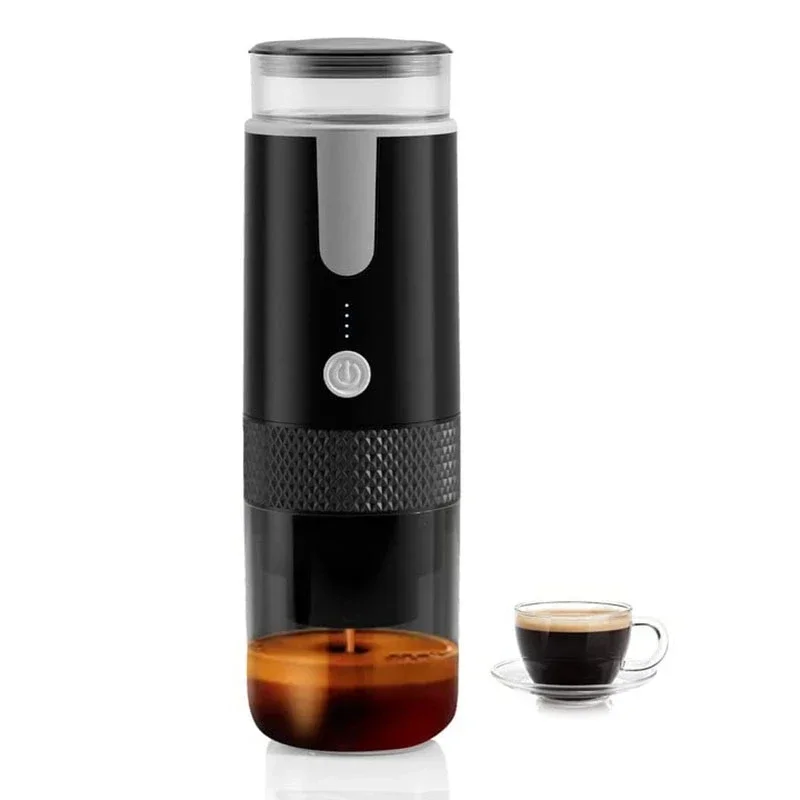
When you heat water in your Keurig, limescale can form. It happens when water evaporates and leaves these minerals behind. Over time, this build-up can cause problems. It may block water flow, alter the taste of your coffee, and damage the heating elements.
In Keurig machines, limescale can reduce performance. Your drinks might come out cooler or take longer to brew. The taste of your coffee could change, becoming bitter. If not handled, limescale can even lead to the machine breaking down.
To combat this, it’s important to descale your Keurig regularly. This means using a specific process to remove the build-up. Many suggest doing this every 3 to 6 months, but it depends on how often you use your Keurig and your water’s hardness.
Understanding how limescale affects your Keurig is the first step. Next, you’ll need to know how to properly descale your machine to keep it running smoothly. We will cover the process in detail in the following sections.
When to Descale Your Keurig Coffee Maker
Recognizing when your Keurig needs descaling is key to its performance. Some newer models alert you with a special indicator light. But for many, knowing the signs of limescale buildup is essential. Here are common indicators that it might be time to descale:
- Your Keurig starts brewing more slowly than usual.
- You notice white, chalky residue inside your coffee maker.
- The machine drips or leaks after brewing.
These signs hint that limescale is affecting your coffee quality and brewing process. If you wait too long, your machine could suffer more severe issues. Even without these signs, regular maintenance is a good habit. Aim to descale every 3 to 6 months. Hard water may require more frequent descaling than soft water. If you’re a heavy coffee drinker, you might descale more often to keep taste and machine efficiency on point.
Don’t know if you have hard water? Look up a water quality report for your area or use a home testing kit. Knowing your water’s mineral content can help plan descaling, so your machine always brews the perfect cup.
Preparing Your Keurig for Descaling
Before you start the descaling process, get your Keurig ready. First, unplug the device from its power source. Make sure your Keurig is cool to the touch. Then, take out any K-Cups inside the machine. Next, empty the water reservoir completely. Don’t forget to remove the water filter if your model has one. All detachable parts, like the drip tray and pod holder, should come off too.
Take a soft cloth and wipe down all the parts you removed. It’s best to avoid abrasive cleaners that could harm your Keurig. If there’s any buildup of coffee grounds or residue, clean those areas extra carefully. Once everything is clean, leave the parts out to dry. Doing this ensures your Keurig is prepped and ready for a thorough descaling.
Step-by-Step Guide: How to Descaling a Keurig
If your Keurig has started to slow down or it’s been a few months since the last cleaning, it’s time to descale it. Here’s how to put your Keurig in descale mode and get it back to brewing at its best.
Step 1: Cleaning Detachable Parts
Unplug your Keurig and remove any K-Cups. Empty the water reservoir. Take out the drip tray, water filter, and pod holder. Wipe down these parts with a damp cloth. Then, let them dry.
Step 2: Descale with Solution or Vinegar
Fill the reservoir with a mix of descaling solution or white vinegar and water. Put all parts back, except the filter. This solution will tackle the limescale.
Step 3: Perform a Brewing Cycle with the Cleaning Solution
Turn on the Keurig with the solution in the tank. Place a mug on the tray. Run a brewing cycle without a pod. Repeat until the reservoir is empty. After that, let it sit for 30 minutes.
Step 4: Thoroughly Rinse the Keurig With Fresh Water
Fill the tank with fresh water and run several brewing cycles. Use a different mug or clean the same mug each time. This will remove any vinegar or solution left.
Step 5: Dry and Reassemble the Keurig
Once rinsed, take out the reservoir to air dry. Then, place all parts back in the Keurig. Now, your Keurig is ready to brew fresh coffee again.
Remember to regularly clean and descale your Keurig to prevent limescale build-up. Your coffee will taste better and your machine will last longer.
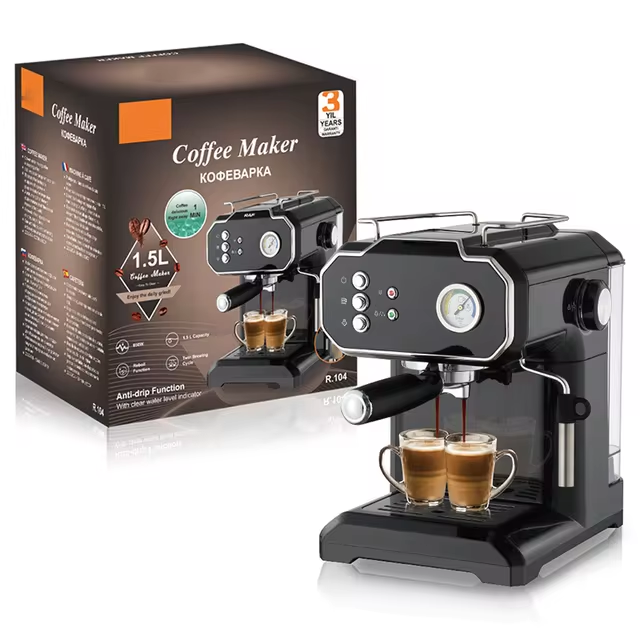 Maintaining a Clean Keurig to Minimize Descale Frequency
Maintaining a Clean Keurig to Minimize Descale Frequency
Maintaining your Keurig coffee maker is simpler than it might seem. Keep it clean to avoid frequent descaling. Here are some practical tips:
- Use Filtered Water: Hard water can speed up limescale buildup. Using filtered water reduces minerals, meaning less limescale.
- Empty the Reservoir: Don’t let water sit in the reservoir for more than a few days. Stagnant water can lead to more mineral deposits.
- Regular Cleaning: Wipe down your machine often. Pay special attention to the area where you insert the pod. A clean Keurig is less likely to have limescale issues.
- Fresh Water for Each Use: Refill the reservoir with fresh water before every use. Old water can cause limescale.
By following these easy steps, you can extend the time between descale sessions. Plus, your coffee will taste fresh and remain free of odd flavors caused by limescale.
Activating Keurig’s Descale Mode
To ensure your Keurig operates at its best, you might need to activate the descale mode. This process helps remove mineral build-up, known as limescale, within the machine. The descale mode provides a more effective and thorough clean compared to normal brewing cycles. Here’s a simple guide on how to activate descale mode on your Keurig coffee maker.
Firstly, make sure the coffee maker is turned off and unplugged. Remove any K-Cups or pods from inside the brewer. Empty the water reservoir and, if applicable, remove the water filter. Mix your chosen descaling solution—either the Keurig brand or a homemade vinegar solution—with fresh water. Fill the reservoir with this mixture.
After reassembling the machine without the water filter, power on your Keurig and look for the descale light or notice. On some models, this might activate automatically when limescale build-up is detected. If your machine doesn’t have this automatic feature, you might find the descale option within the menu. For models without a digital screen, hold down the brew button for a few seconds until the light starts flashing. This signal usually means that descale mode is initiated. From here, proceed with the descaling process as outlined in the previous steps of the blog.
Remember, it’s key not to forget the waiting period after running the descaling solution. This allows the mixture to break down the limescale effectively. Once you’ve finished the descale process and rinsed the machine thoroughly, your Keurig will be ready to brew fresh, delicious coffee once more.
Regular maintenance, like using filtered water and cleaning detachable parts, can reduce the frequency of descaling. However, when it’s time to descale, knowing how to activate the descale mode on your Keurig will simplify the cleaning process. Keep your coffee delicious and your Keurig in top shape by staying vigilant with descaling.
 Troubleshooting Common Keurig Descale Issues
Troubleshooting Common Keurig Descale Issues
Sometimes, even when you know how to put your Keurig in descale mode, problems can arise. Here are some common issues and solutions:
- Descale Light Stays On: If the descale light remains on after you’ve descaled, rerun the process. Ensure you’ve rinsed the machine with fresh water several times.
- Residue Left Behind: If you notice residue post descaling, repeat the fresh water rinse. Run more cycles until the water is clear.
- Machine Won’t Descale: Check that you’re using the correct descale solution and water mix. Be sure you’re following all descaling steps carefully.
- No Descale Alert on Older Models: If your Keurig doesn’t have an alert, rely on the timeline. Descaling every 3 to 6 months is typically recommended.
- Descale Mode Not Activating: Make sure the machine is plugged in and the power is on. Hold the necessary button(s) until the light flashes.
- Unpleasant Vinegar Taste Afterward: To avoid this, rinse the machine thoroughly multiple times. Always use fresh water for each rinse cycle.
Remember to refer to your Keurig’s user manual for specific guidance. Each model might have different instructions or button combinations for descale mode. Regular maintenance can help avoid these issues and keep your Keurig brewing smoothly.
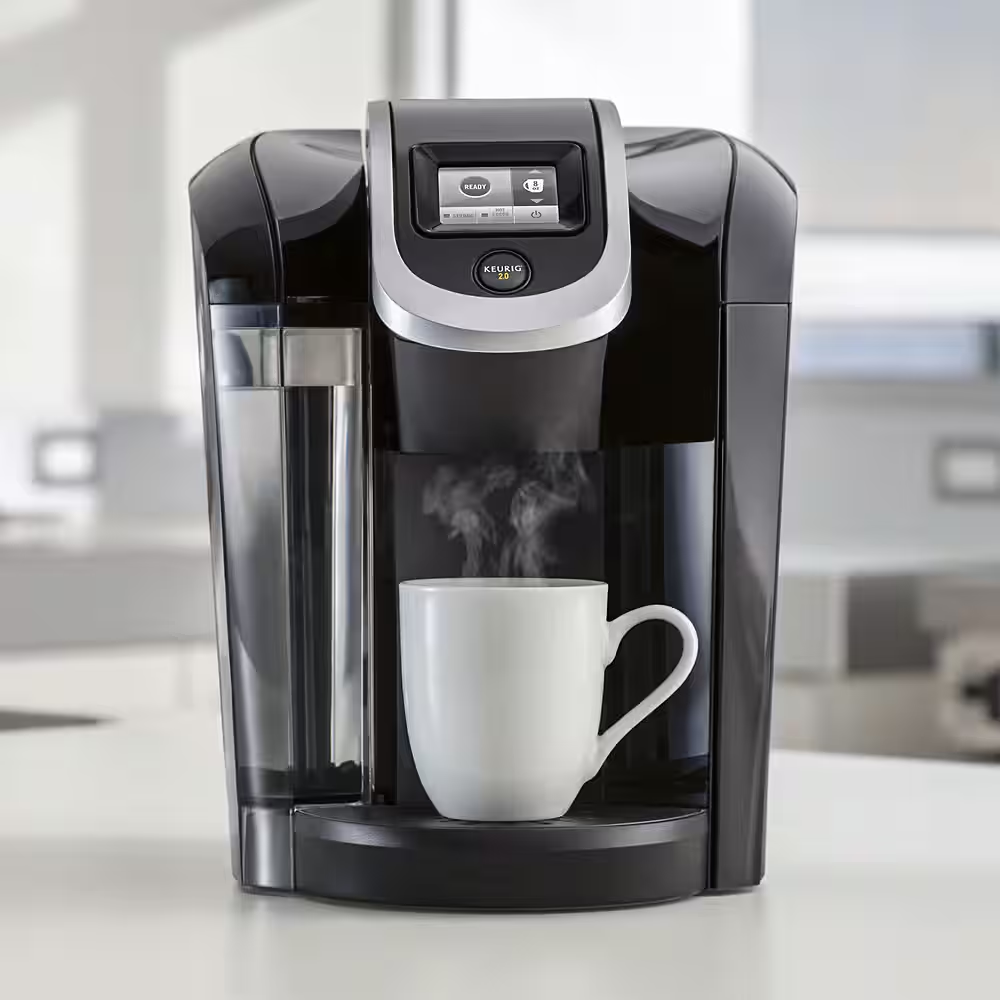

 Rinsing and Final Steps to Remove Vinegar Taste
Rinsing and Final Steps to Remove Vinegar Taste